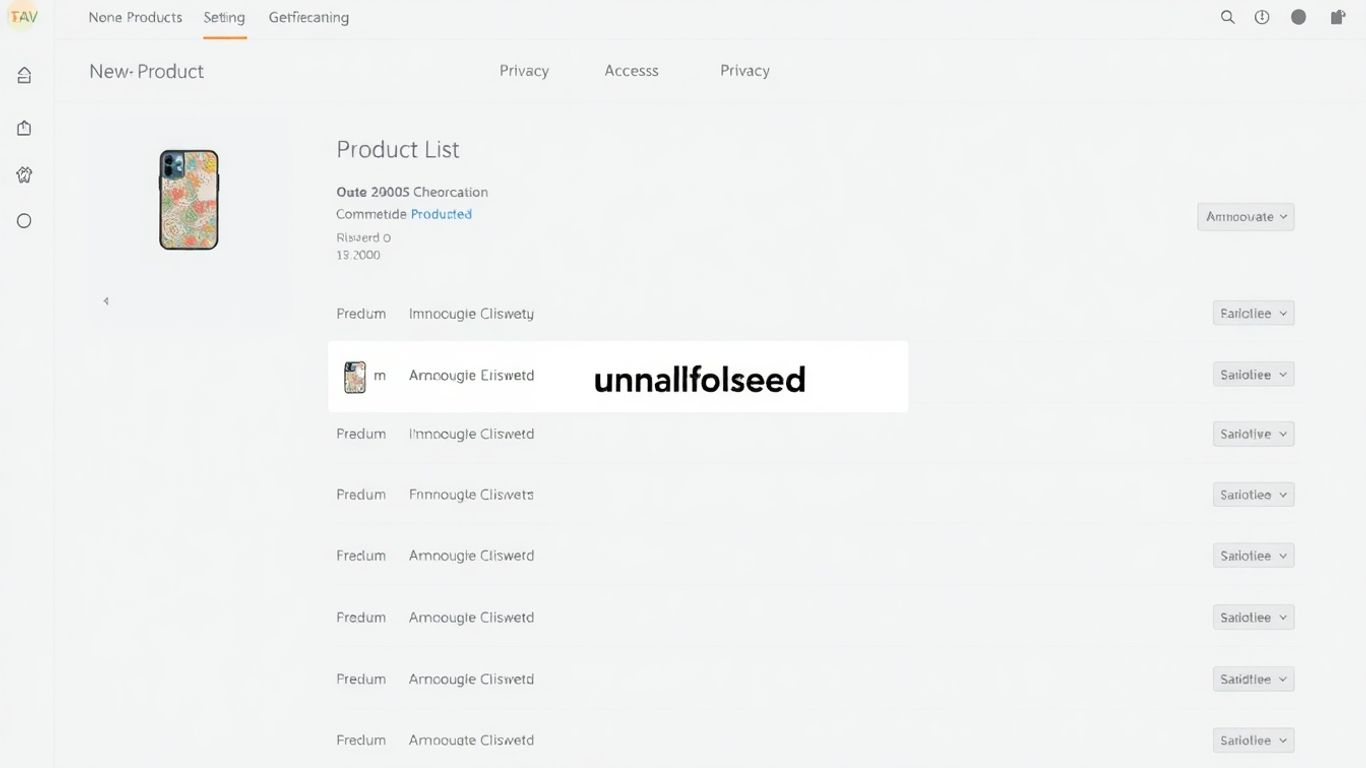Shopify's stock experienced a significant uptick, closing up over 6% on Monday, as investors reacted positively to OpenAI's announcement of integrating e-commerce functionalities into its ChatGPT service. This move allows users to purchase items directly within chat interfaces, with a planned integration for Shopify merchants.
Key Takeaways
- Shopify stock saw a substantial rise following the news of OpenAI's ChatGPT shopping feature.
- The integration allows ChatGPT users to buy items directly within chats, with Shopify merchants to be included soon.
- OpenAI's decision to make the technology open-source could further solidify Shopify's position in e-commerce.
- Despite recent short-term volatility, Shopify has shown strong long-term returns, though valuation concerns persist.
OpenAI's New E-commerce Frontier
OpenAI, the creator of ChatGPT, has unveiled an instant checkout feature that enables users to purchase products directly within their chat conversations. Initially, this functionality will connect U.S. ChatGPT Plus, Pro, and Free tier users with America-based Etsy sellers. The company has indicated that integration with Shopify's extensive merchant platform is planned, though a specific timeline was not provided.
Investor Reaction and Market Impact
The announcement sent ripples through the market, with Shopify's stock outperforming the broader S&P 500. This bullish reaction is attributed to the potential for increased business and stickiness within the e-commerce ecosystem that the OpenAI integration represents. The fact that OpenAI is making the underlying technology open-source is also seen as a positive development, potentially fostering wider adoption and further embedding Shopify's services.
Valuation and Future Outlook
While the immediate market reaction was positive, deeper analysis suggests potential overvaluation concerns for Shopify stock. Traditional valuation methods, such as discounted cash flow (DCF) and price-to-earnings (PE) ratios, indicate that Shopify may be trading above its intrinsic value when compared to industry averages and its own historical performance. The DCF model suggests the stock is trading significantly above its estimated intrinsic value, and its PE ratio is considerably higher than both the IT industry average and its direct peers. However, the dynamic nature of the tech sector and the potential for continued innovation, particularly with AI integration, mean that investor sentiment can shift rapidly, making ongoing monitoring of valuation metrics crucial.
Sources
- Why Investors Were Piling Into Shopify Stock Today, The Motley Fool.
- Is Shopify’s Price Justified After ChatGPT Shopping Integration Buzz and Recent Pullback?, Yahoo Finance.

